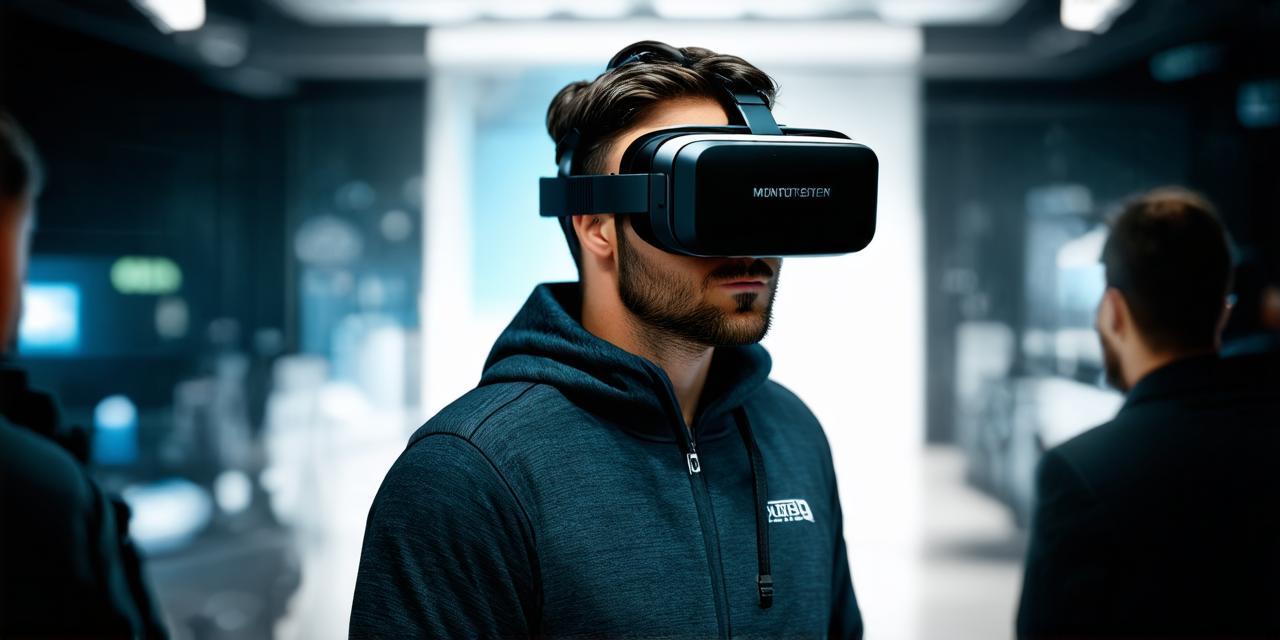History of Oculus Virtual Reality
Oculus was founded in 2012 by Palmer Luckey, who has been a passionate advocate for virtual reality since he was a child. The company’s first product, the Oculus Rift, was released in 2016 and quickly gained popularity among gamers and developers alike. Since then, Oculus has continued to expand its product line, with new releases such as the Oculus Quest 2 in 2020.
Key Features of Oculus Virtual Reality
The Oculus Rift is a high-end VR headset that provides users with a fully immersive experience. It features two displays, each with a resolution of 1920 x 1080 pixels, and a refresh rate of 120 Hz. This means that the images appear to move smoothly and seamlessly, without any noticeable lag or delay.
The headset also includes sensors that track the user’s movement and provide a realistic sense of presence within the virtual environment. Users can look around, move their head, and even interact with objects in the virtual world using hand-held controllers.
Applications of Oculus Virtual Reality
Oculus Virtual Reality has a wide range of applications across various industries. In gaming, VR technology allows for a level of immersion and interaction that is not possible with traditional console or PC games. Users can step into the game world and become an active participant, rather than just an observer.
In healthcare, VR technology is being used to treat a variety of conditions, including PTSD, anxiety disorders, and chronic pain. For example, therapists can use VR simulations to expose patients to controlled environments that trigger their symptoms, in order to help them develop coping strategies.
Virtual reality is also being used in education to enhance learning experiences. For example, students could take a virtual tour of a historical site or explore the solar system in 3D. This allows for a level of engagement and interaction that is not possible with traditional classroom teaching methods.
Real-Life Examples of Oculus Virtual Reality in Action
One real-life example of Oculus Virtual Reality in action is the use of VR technology to train soldiers for combat. The US Army has been using VR simulations to help soldiers prepare for battlefield scenarios, allowing them to practice their skills in a safe and controlled environment. This has led to improved performance and reduced risk of injury on the job.
Another real-life example is the use of VR technology in the field of architecture. Architects can use VR simulations to test and refine their designs, allowing them to see how a building will look and function in its intended environment. This has led to more efficient and effective design processes, as well as reduced costs and environmental impact.
Conclusion
Oculus Virtual Reality is a powerful tool that has the potential to transform the way we experience and interact with the world around us. From gaming to healthcare, education to architecture, there are countless applications for this technology across various industries. As VR technology continues to evolve and improve, it will undoubtedly become an increasingly important part of our daily lives.
FAQs
What is virtual reality?
Virtual reality is an immersive technology that allows users to experience a simulated environment in a way that feels real.
What are the key features of Oculus Virtual Reality?
The key features of Oculus Virtual Reality include high-resolution displays, sensors that track user movement, and a fully immersive experience.
What industries is Oculus Virtual Reality being used in?
Oculus Virtual Reality is being used in gaming, healthcare, education, and many other industries.
What are some real-life examples of Oculus Virtual Reality in action?
Real-life examples of Oculus Virtual Reality include the use of VR technology to train soldiers for combat and the use of VR simulations in architecture.
What are the benefits of using Oculus Virtual Reality?
The benefits of using Oculus Virtual Reality include enhanced engagement and interaction, increased immersion, and the ability to experience environments that would otherwise be inaccessible. It also has potential applications in industries such as gaming, healthcare, education, and architecture.
